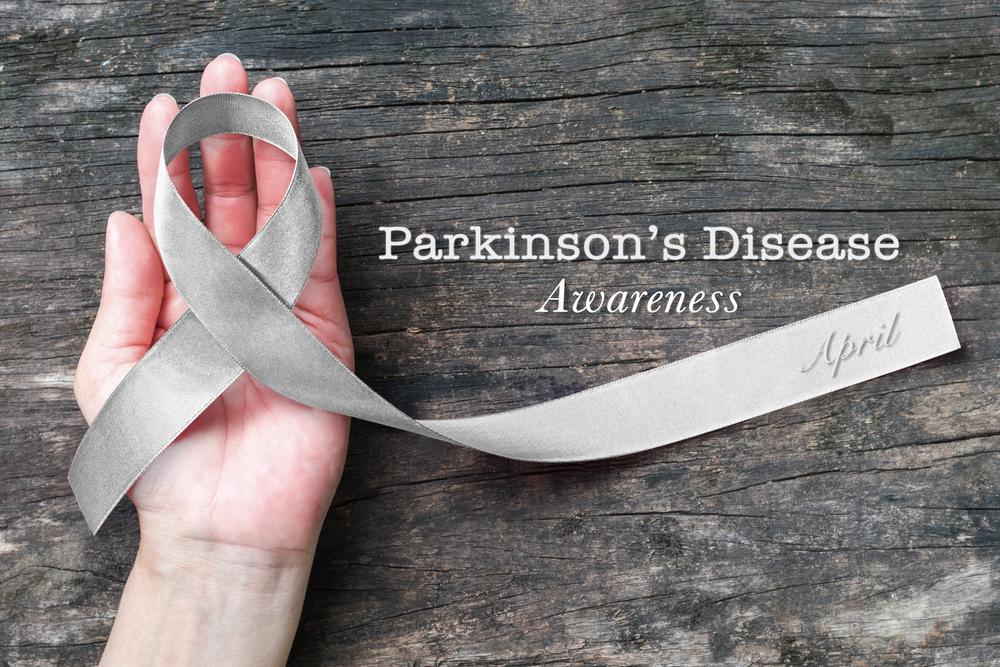A Comprehensive Guide to Ankylosing Spondylitis: Symptoms, Causes, Diagnosis, and Effective Management Strategies
This comprehensive article explores ankylosing spondylitis, detailing its symptoms, causes, diagnosis methods, potential complications, and management strategies. It emphasizes early detection, the role of genetics, and the importance of a multidisciplinary treatment approach to improve quality of life for affected individuals. Learn about how to recognize signs of AS and the latest options in managing this chronic inflammatory disease.

Understanding Ankylosing Spondylitis: Symptoms, Diagnosis, and Management
Ankylosing spondylitis (AS), often referred to as Bechterew’s disease, is a chronic inflammatory condition that primarily targets the axial skeleton, especially the spine. While it is classified as a rare form of arthritis, its impact on affected individuals can be significant, leading to persistent pain, stiffness, and potential deformity over time. This disease, which can also involve other joints and organs, affects people primarily in their young adulthood, typically between the ages of 20 and 40, though it can appear earlier or later in some cases.
Recognizing the Signs and Symptoms of Ankylosing Spondylitis
Understanding the symptoms of ankylosing spondylitis is crucial for early diagnosis and management. The presentation varies among patients, but common signs include chronic back pain that worsens at night or in the morning. Usually, the pain improves with physical activity, which is a distinguishing feature from other types of back pain caused by injury or strain. The hallmark symptoms involve persistent stiffness, especially in the mornings, lasting for more than 30 minutes before easing with movement.
In addition to back issues, AS often causes discomfort in other areas such as the hips, shoulders, and peripheral joints. Some of the typical signs include:
Prolonged morning stiffness, often lasting more than half an hour
Postural deformities like stooping or kyphosis
Loss of appetite and unexplained weight loss
Chronic fatigue and tiredness
Low-grade persistent fever
Signs of anemia like pallor and weakness
Breathing difficulties stemming from chest wall stiffness
Since inflammation can extend beyond the spine, affected individuals might also experience multimodal symptoms such as:
Inflammation of the intestines (enteritis or colitis)
Minor eye inflammations, including iritis or uveitis, which can threaten vision if untreated
Heart valve inflammation leading to potential cardiovascular complications
Achilles tendinitis and inflammation of other tendons and ligaments
The lower back pain related to AS often differs from typical mechanical back pain caused by injury or poor posture. Patients frequently report that pain worsens after rest, such as overnight, and improves with gentle physical activity. Early symptoms are often subtle but can progress to more severe deformities if not diagnosed promptly. Young adults with persistent lower back pain, especially where the spine connects to the pelvis, should seek medical evaluation. Genetic factors play an essential role in disease development, with the HLA-B27 gene being notably associated. Family history further increases suspicion. Additional symptoms may include chest tightness—indicating spinal or costovertebral joint involvement—and a gradual ascent of pain along the spine, which can eventually lead to a fixed deformity of the spine, called ankylosis. Early intervention with anti-inflammatory medications can provide symptom relief but is not curative.
Exploring the Causes of Ankylosing Spondylitis
The exact etiology of ankylosing spondylitis remains elusive, but extensive research highlights the role of genetic predisposition. The presence of the HLA-B27 gene is a well-established risk factor, found in over 90% of affected individuals. However, not everyone with this gene develops the disease, indicating that other genetic, environmental, or lifestyle factors contribute to its onset.
Research suggests that exposure to certain environmental triggers, such as infections or biomechanical stress, might initiate or exacerbate the disease in genetically susceptible individuals. Age is a critical factor, with the disease predominantly affecting those in their early adulthood, and men are three times more likely to develop AS compared to women. Caucasians have a higher prevalence, possibly linked to genetic factors common within this ethnicity.
Other potential contributors include ongoing immune system dysregulation and inflammatory cytokines, which promote sustained inflammation in the spinal and peripheral joints.
Complications and Long-term Risks of Untreated Ankylosing Spondylitis
If not properly managed, ankylosing spondylitis can lead to severe health complications. Chronic inflammation can cause periarticular bone formation, resulting in ankylosis, which is the fusion of the vertebrae. This fusion causes a loss of spinal flexibility and can lead to a hunched posture, significantly impacting quality of life.
Additional risks include the development of osteoporosis, increasing fracture risk. The disease can progress to involve other joints such as the hips and shoulders, causing significant disability. Involvement of the thoracic cage can impair respiratory function, leading to breathing difficulties.
AS may also have systemic effects, including eye inflammation like uveitis, which can threaten vision if untreated. Cardiovascular involvement is another concern, with some patients developing aortitis or aortic aneurysms. Finally, if spinal fractures occur in a fused vertebral column, they can be catastrophic, often requiring surgical intervention to prevent neurological damage.
The Impact of Ankylosing Spondylitis on Overall Health
This progressive disease primarily targets the spine but can have widespread effects on the body, resulting in complex health issues. As the disease causes new bone formation, patients often experience stiffening and deformity of the spine, leading to reduced mobility. This rigidity can also affect the nerves, resulting in neurological symptoms or nerve damage, affecting sexual function or urinary control.
The inflammation extends to the eyes, causing conditions like iritis, which can disrupt vision and needs prompt treatment. Skin conditions, such as psoriasis, may coincide with AS, highlighting the systemic nature of the disease. Additionally, chronic inflammation increases the risk for cardiovascular diseases, including aortic regurgitation, elevated blood pressure, and an increased risk of heart attack.
How Doctors Diagnose Ankylosing Spondylitis
Diagnosing ankylosing spondylitis involves a thorough clinical assessment, including medical history and physical examination focused on spinal mobility. Physicians check for reduced flexibility, tenderness along the sacroiliac joints, and postural abnormalities. Functional tests, like the Schober test, assess lumbar spine mobility.
Imaging modalities play a vital role. X-rays can reveal sacroiliitis (inflammation of the sacroiliac joints), spinal fusion, or new bone formation characteristic of advanced AS. Magnetic resonance imaging (MRI) can detect early inflammatory changes before structural damage is visible on X-ray, making it crucial for early diagnosis.
Blood tests are also employed, looking for markers of inflammation such as elevated C-reactive protein (CRP) and erythrocyte sedimentation rate (ESR). The presence of HLA-B27 gene can support the diagnosis but is not definitive on its own. Since symptoms can mimic other conditions, differential diagnosis with mechanical back pain, other spondyloarthropathies, and connective tissue diseases is essential.
Strategies for Managing and Treating Ankylosing Spondylitis
Managing ankylosing spondylitis aims to control symptoms, maintain mobility, and prevent long-term damage. Although there is currently no cure, early intervention can profoundly impact disease progression and enhance quality of life.
Medication Management: Non-steroidal anti-inflammatory drugs (NSAIDs) are the first-line treatment to reduce inflammation and alleviate pain. For patients not responding to NSAIDs, biologic agents such as tumor necrosis factor (TNF) inhibitors or interleukin blockers are prescribed. These drugs target specific components of the immune response, effectively controlling inflammation and slowing disease progression.
Physical Therapy and Exercise: Regular physical activity tailored to strengthen the back and chest muscles, improve posture, and maintain flexibility is essential. Physiotherapists teach stretching routines, breathing exercises, and posture correction techniques. Exercise not only mitigates stiffness but also preserves lung capacity and overall health.
Surgical Interventions: Surgical options are considered in severe cases, such as joint replacements for damaged hips or corrective osteotomies to fix deformities. Surgery is also performed following fractures or for cosmetic correction of severe kyphosis.
Lifestyle and Supportive Measures: Patients are advised to maintain an active lifestyle, avoid smoking, and adopt good ergonomics at work and home. Applying heat or cold packs can soothe stiffness and pain, while maintaining a healthy weight reduces strain on joints. Regular follow-up with healthcare providers ensures timely modification of treatment plans, optimizing outcomes.
In summary, while ankylosing spondylitis remains a chronic condition with no cure, a comprehensive approach involving medications, physical therapy, lifestyle modifications, and vigilant monitoring can significantly improve patient quality of life and prevent severe deformities or complications.





